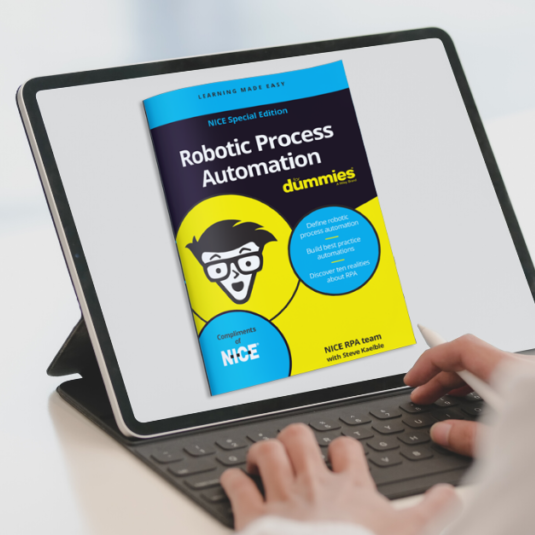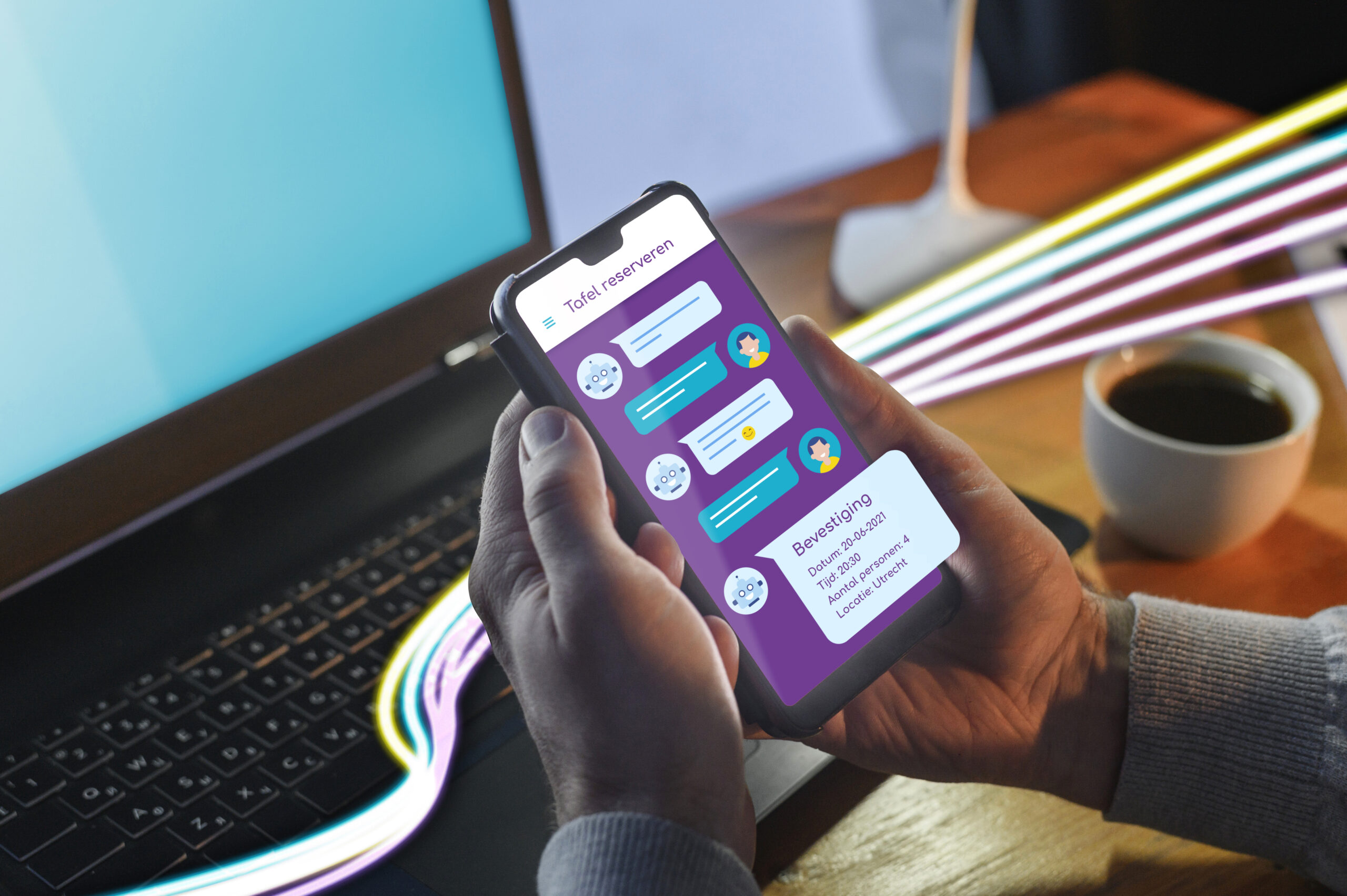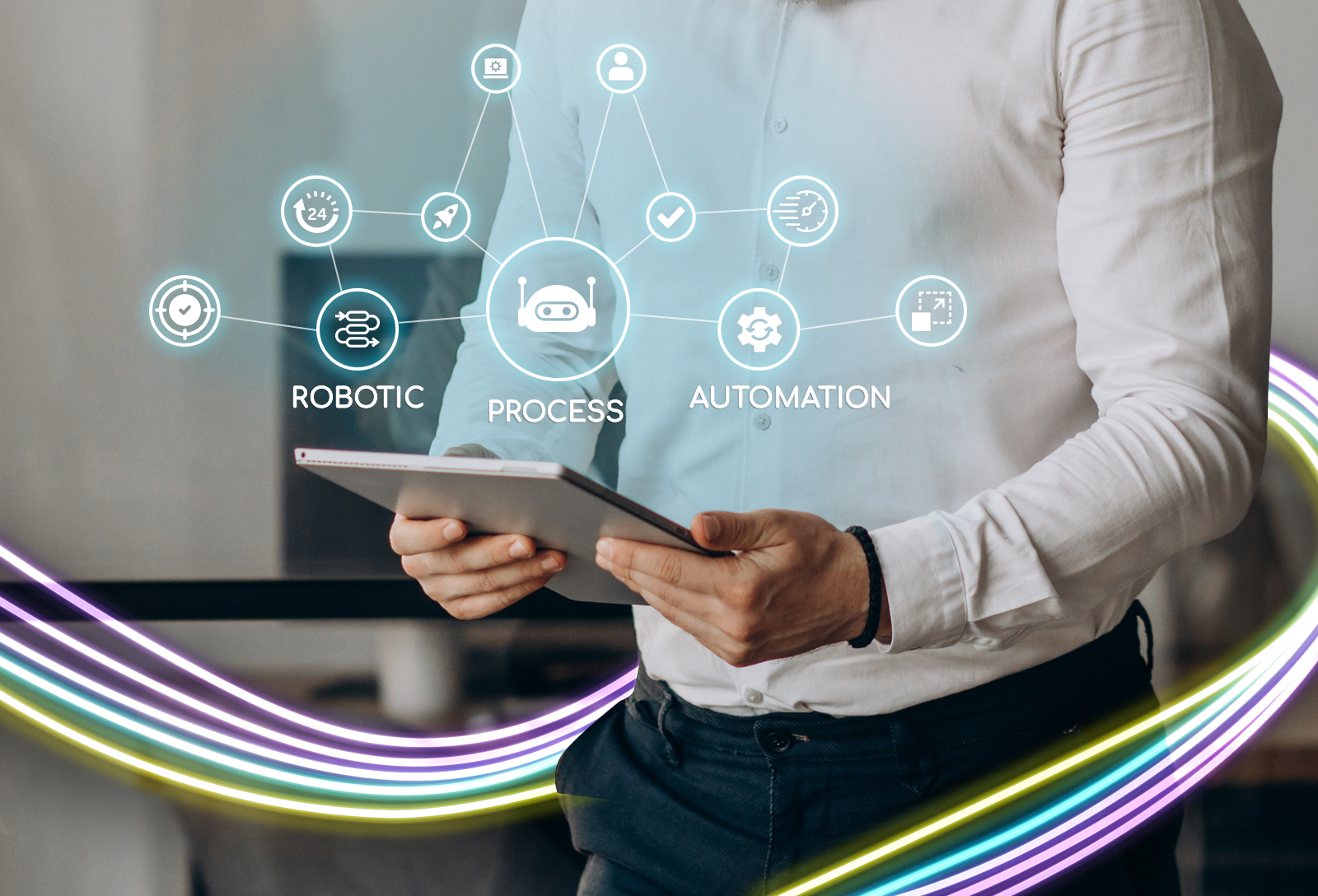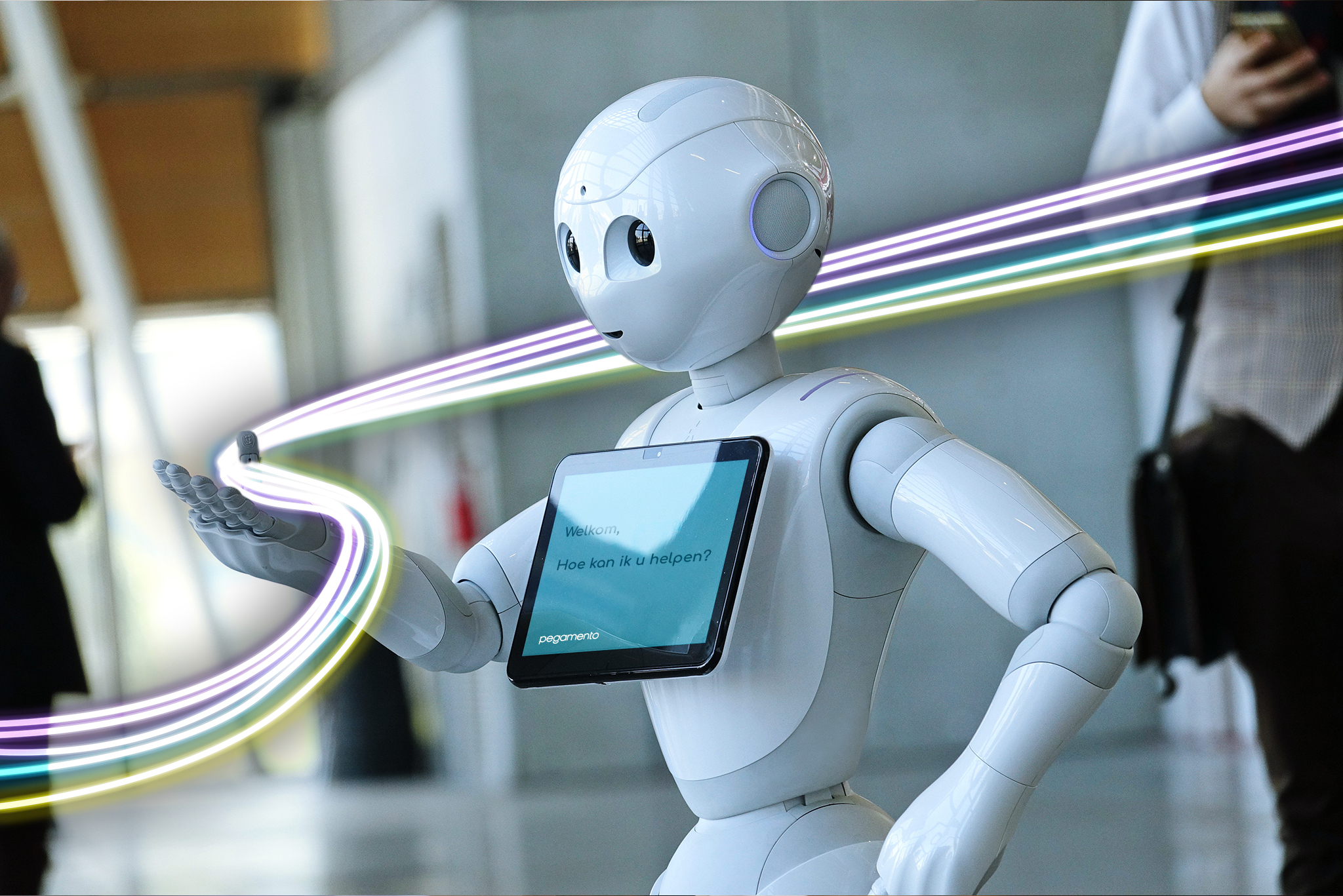Robotisation in customer contact: this is how you generate more business
Between the moment a potential customer first comes into contact with your company or organisation and the point at which they eventually become a customer, there are many contact points. And the communication doesn't stop there. You also stay in regular contact with your existing customers.
For companies and organisations, every interaction is an opportunity to help a customer adequately and personally. It is usually also an opportunity to inform customers about additional products and services through cross- and upselling. In other words, to generate more business. The use of robots in customer contact is ideally suited to seize both opportunities. With great returns, and without requiring excessive employee hours. Want to know more about the history of RPA?
We will take you through what robots are and what you can do with them. Using examples, we will show how, with both software robots (robotic process automation, RPA) and human robots, you can create better customer interactions and generate more sales. Here is a quick reading guide:
- What is Robotic Process Automation
- Example of RPA: a chatbot
- Advantages of RPA
- 3 Examples of RPA in businesses
- Human robot as service channel
Want to read more?

Want to know everything about RPA? Download your free white paper here.
What is RPA?
RPA stands for Robotic Process Automation. Very simply, RPA means using software to automate common, repetitive actions. In customer service, the information department, or in customer contact centres, employees often perform repetitive tasks. These include logging in, consulting, processing and switching between data in different systems - often with the aim of ensuring that all those systems have the same data (are up-to-date) and that processes remain consistent. RPA can play an important role in automating these repetitive and usually boring routine tasks, enabling people to focus on the real, valuable contact with customers.
RPA software
If RPA is about software, then what about the robot? That depends on how you define the term 'robot'. The robot in RPA is not a robot with human characteristics (we will come back to this later), but rather a computer robot: a piece of software that performs routine tasks quickly, continuously, and without error.
A simple example of RPA: a chatbot
A popular application of robot software in the world of customer contact is the chatbot, as deployed on Facebook Messenger, for example. This is basically a plain, dumb robot, but by adding intelligence and shaping the robot process, more and more applications are possible; not only the question-and-answer game we know from Messenger but also other human actions.
Example of a chatbot:
Think of booking a table in a restaurant, for example. The chatbot requests all the information from the customer. A link with RPA then checks availability and the reservation is confirmed.


Advantages of RPA
Unsurprisingly, the deployment of robot software offers many benefits. And not in a scenario where robots replace humans, but rather in one where robots complement humans.
Some of the benefits of RPA have already been covered, but here is another summary of the advantages:
- Automation: robots are ideally suited to performing boring, repetitive tasks.
- Speed: robots work 24/7/365 and are up to 10 to 15 times faster than humans.
- Accuracy: robots are objective, 100% accurate, and error-free.
- Flexibility: robots handle peak periods effortlessly, regulating the workload in the organisation.
- Scalability: robots are reusable and can be linked with other robots, which increases capacity and/or effectiveness.
- More time for the customer: through the use of robots, employees have more time for real, personal contact with customers.
RPA in practice
Human robots as service channel
The insurance company, the installation company, and the postal company all provide examples of robot process automation, where computer robots are used behind the scenes, invisible to humans. What appeals more to people, however, are humanoid robots, such as the social robot Pepper, which can read emotions and of which 20 000 have already been sold worldwide.
Robot Pepper
Pepper is the size of a child and has an appearance designed to endear adults and reassure children. The robot is designed for interaction, for example at companies that no longer have a reception desk. The visitor reports to Pepper and the employee is automatically notified that his visitor is there. But Pepper also provides its services in car dealership showrooms, for example. When it is busy and no salespeople are available, Pepper gives a tour. The route is filmed and that video is sent to the customer.
Brother Nao
Pepper's little brother Nao is used in education and healthcare in the Netherlands, for example as a buddy to guide children with diabetes. When adults explain to the child how to deal with the disease, it becomes hierarchical. Nao interacts with the children as a companion, and therefore the children absorb what they need to do faster.

Want to know how you can apply RPA within your organisation?

Request an introductory consultation with one of our specialists to find out how RPA can be implemented in your organisation.


